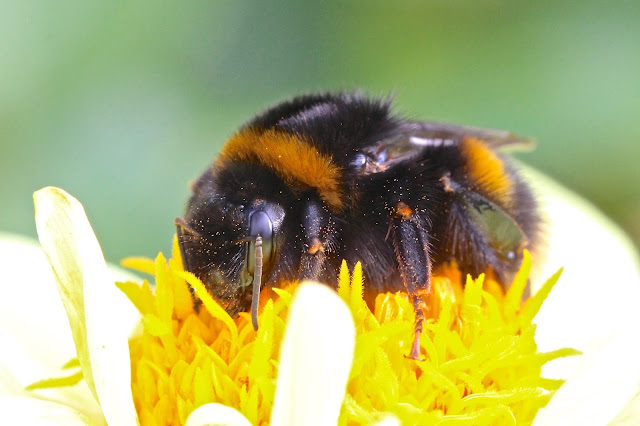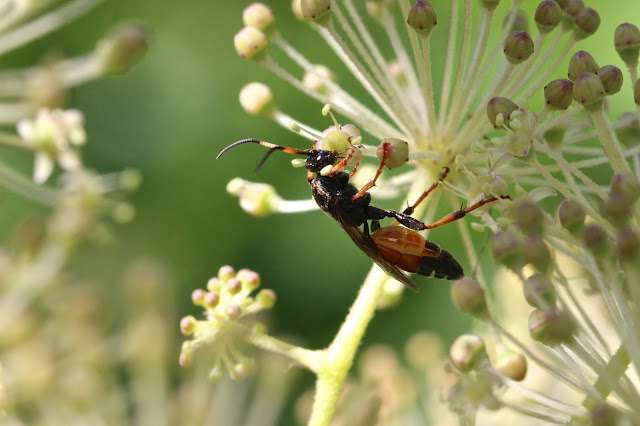Compared with the wood mouse (Apodemus sylvaticus) the bank vole has a blunter nose, smaller ears and smaller eyes. I think there is more than one animal here as the one in the second clip looks smaller. In the last clip it shows its tail, which is over 50% of the length of it body (proportionately longer than in the larger field vole or short-tailed vole, Microtus agrestis).
The camera is a Bushnell NatureView CamHDMax fitted with a close focus lens. I am impressed with the image quality but it is difficult to aim it precisely at such close range which is why the vole is a bit too close to the bottom of the image. I hope you enjoy the videos. Next I want to catch a shrew.


















































